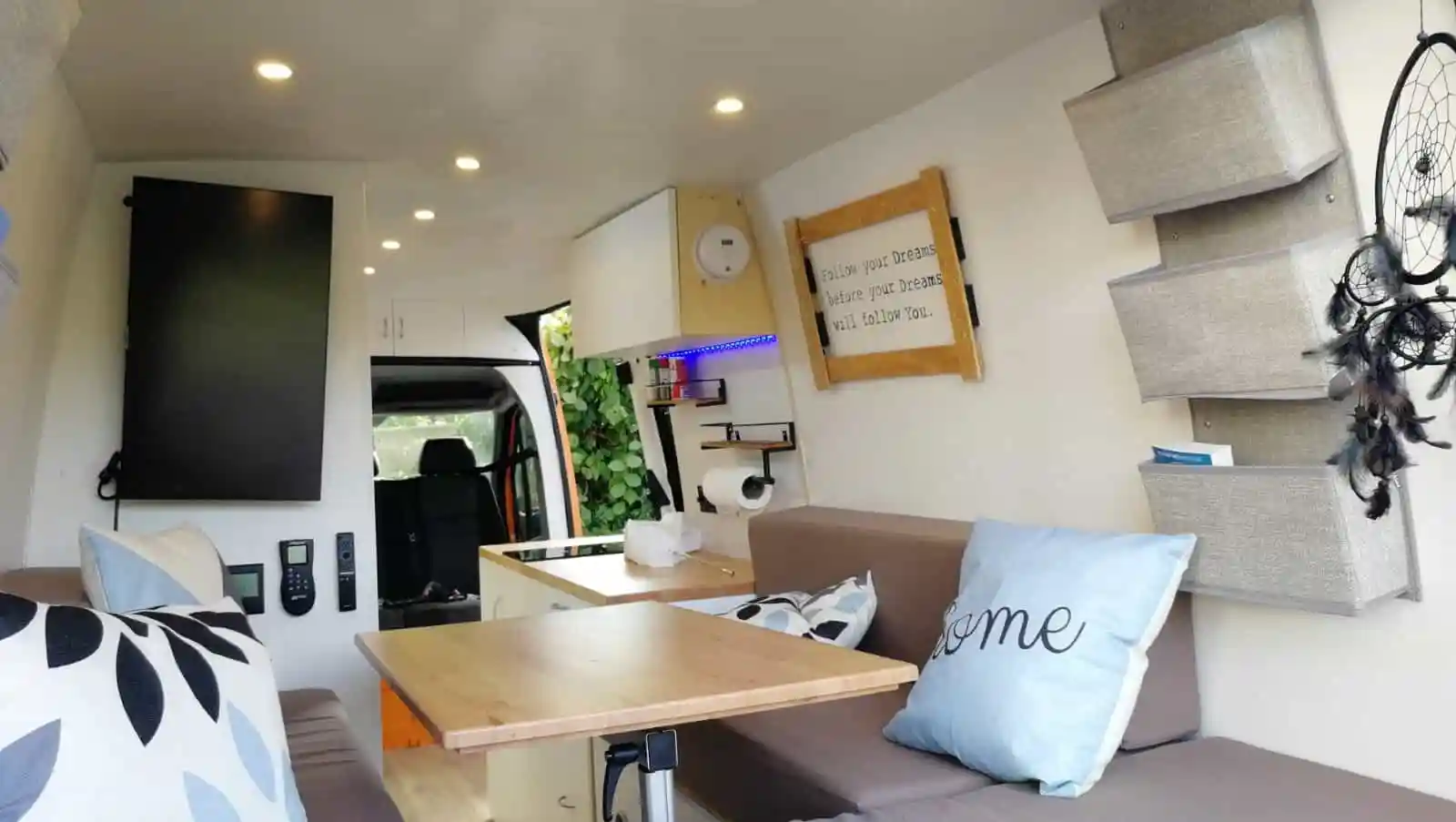Isolating your camper is a crucial step in ensuring you have a comfortable and enjoyable camping experience. Whether you’re planning a weekend camping trip or a long-term adventure, taking the time to properly isolate your camper will make all the difference. In this article, we’ll guide you through the process of isolating your camper in 5 easy steps.
Step 1: Assess Your Camper
The first step in isolating your camper is to assess your current setup. Take note of any areas where air is entering or exiting your camper, as these areas will need to be addressed. This may include windows, doors, vents, and any other areas where air is escaping. Additionally, consider the materials that make up your camper, as some materials may be more prone to heat loss or gain.
Step 2: Camper Ausbau
Before you begin isolating your camper, it’s important to consider the layout and design of your space. If you’re embarking on a camper ausbau, or camper conversion, this is the perfect opportunity to make changes to the layout of your camper that will improve insulation. Consider adding additional layers of insulation to areas that are most prone to heat loss, such as the roof and walls.
Step 3: Camper Dämmen
Once you’ve assessed your camper and made any necessary changes to the layout, it’s time to start the camper dämmen, or insulating process. There are many different materials you can use to insulate your camper, including spray foam, fiberglass batts, and rigid foam boards. Each material has its own pros and cons, so it’s important to choose the best option for your specific needs.
Step 4: Seal Any Gaps or Cracks
In addition to insulating your camper, you’ll also need to seal any gaps or cracks that may be allowing air to escape. This may include gaps around windows or doors, as well as any areas where your camper connects to your vehicle. Use a high-quality sealant to seal any gaps or cracks, ensuring that your camper is completely airtight.
Step 5: Test Your Insulation
Once you’ve completed the insulation and sealing process, it’s important to test your insulation to ensure that it’s working properly. This can be done by using a thermal imaging camera to check for any areas where heat is escaping. Additionally, you can use a thermometer to check the temperature inside your camper and compare it to the temperature outside.
The Benefits of Proper Insulation
Proper insulation offers a range of benefits for campers, including improved temperature control, reduced energy consumption, and increased comfort. When your camper is properly insulated, you’ll be able to enjoy a more consistent temperature inside, regardless of the weather outside. Additionally, insulation can help reduce the amount of energy required to heat or cool your camper, which can save you money in the long run.
Choosing the Right Insulation
Choosing the right insulation is key to ensuring that your camper is properly insulated. As mentioned earlier, there are many different materials you can use, each with its own pros and cons. Fiberglass batts are a popular choice due to their affordability, while spray foam is a great option for hard-to-reach areas. Rigid foam boards are another popular choice, as they offer excellent insulation properties and are easy to install.
Other Tips for Staying Comfortable
In addition to proper insulation, there are a few other tips you can follow to ensure that you stay comfortable while camping. Consider investing in a high-quality sleeping bag or sleeping pad, as these can help keep you warm and comfortable at night. Additionally, be sure to dress in layers, as this willallow you to adjust your clothing as needed to maintain a comfortable temperature. Finally, consider investing in a portable heater or air conditioner, as these can help supplement your insulation efforts and ensure that you stay comfortable regardless of the weather outside.
Common Insulation Mistakes
While insulation is a fairly straightforward process, there are a few common mistakes that campers should be aware of. One of the most common mistakes is using the wrong type of insulation for your specific needs. Additionally, many campers fail to properly seal any gaps or cracks, which can lead to air leakage and reduced insulation properties. Finally, some campers may not install enough insulation, which can result in poor temperature control and increased energy consumption.
Last Word
In conclusion, isolating your camper is an important step that should not be overlooked by any serious camper. By following the steps outlined in this article and taking the time to properly insulate your camper, you can enjoy improved temperature control, reduced energy consumption, and increased comfort on your next camping trip.
Remember to choose the right insulation materials for your specific needs, seal any gaps or cracks, and regularly maintain your insulation to ensure that it continues to work properly. With a little bit of effort and investment, you can transform your camper into a comfortable and cozy home away from home.

